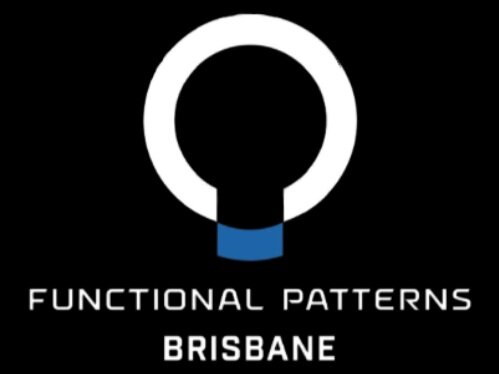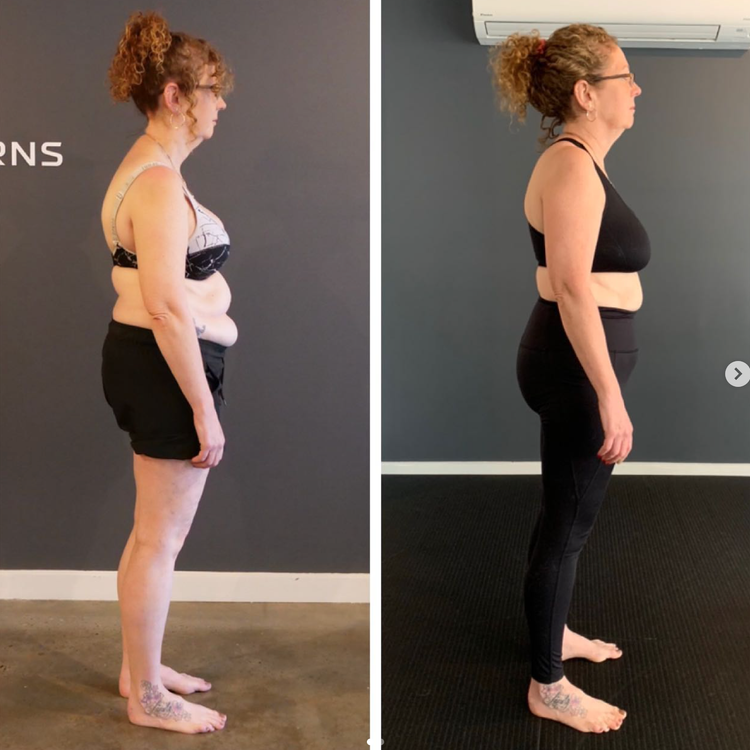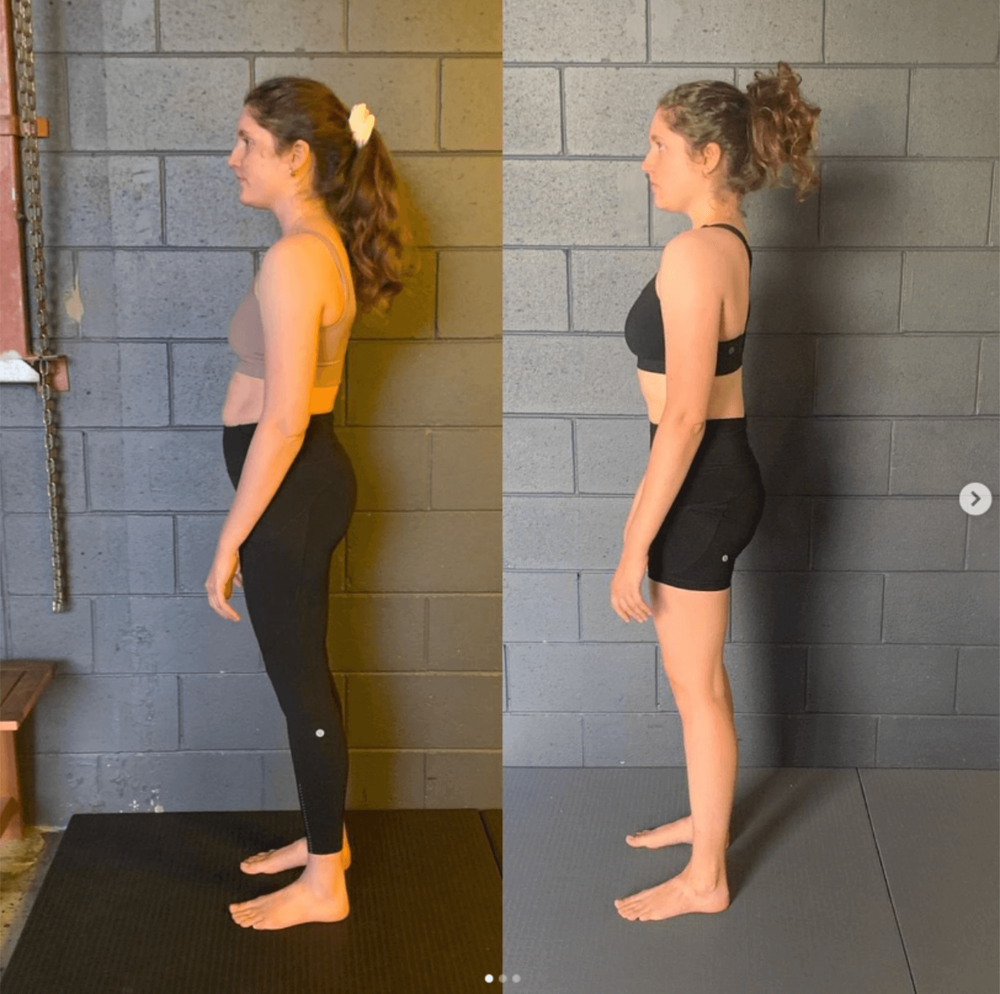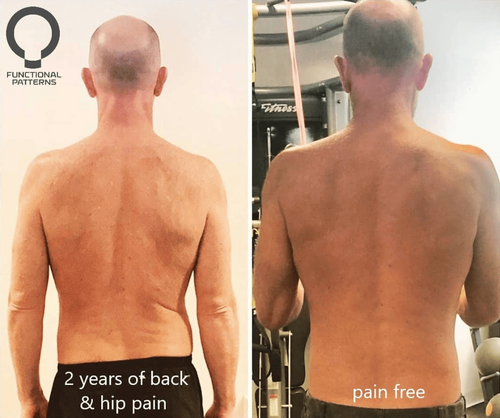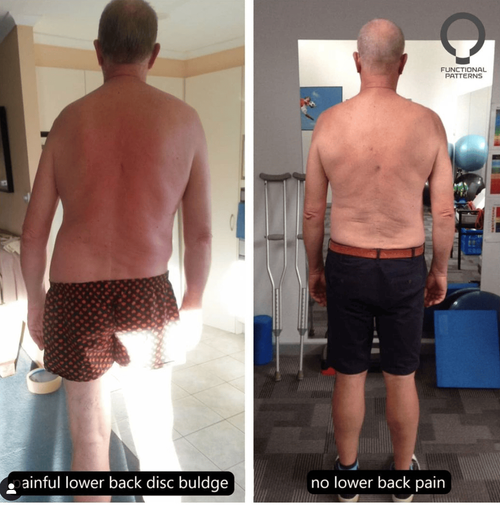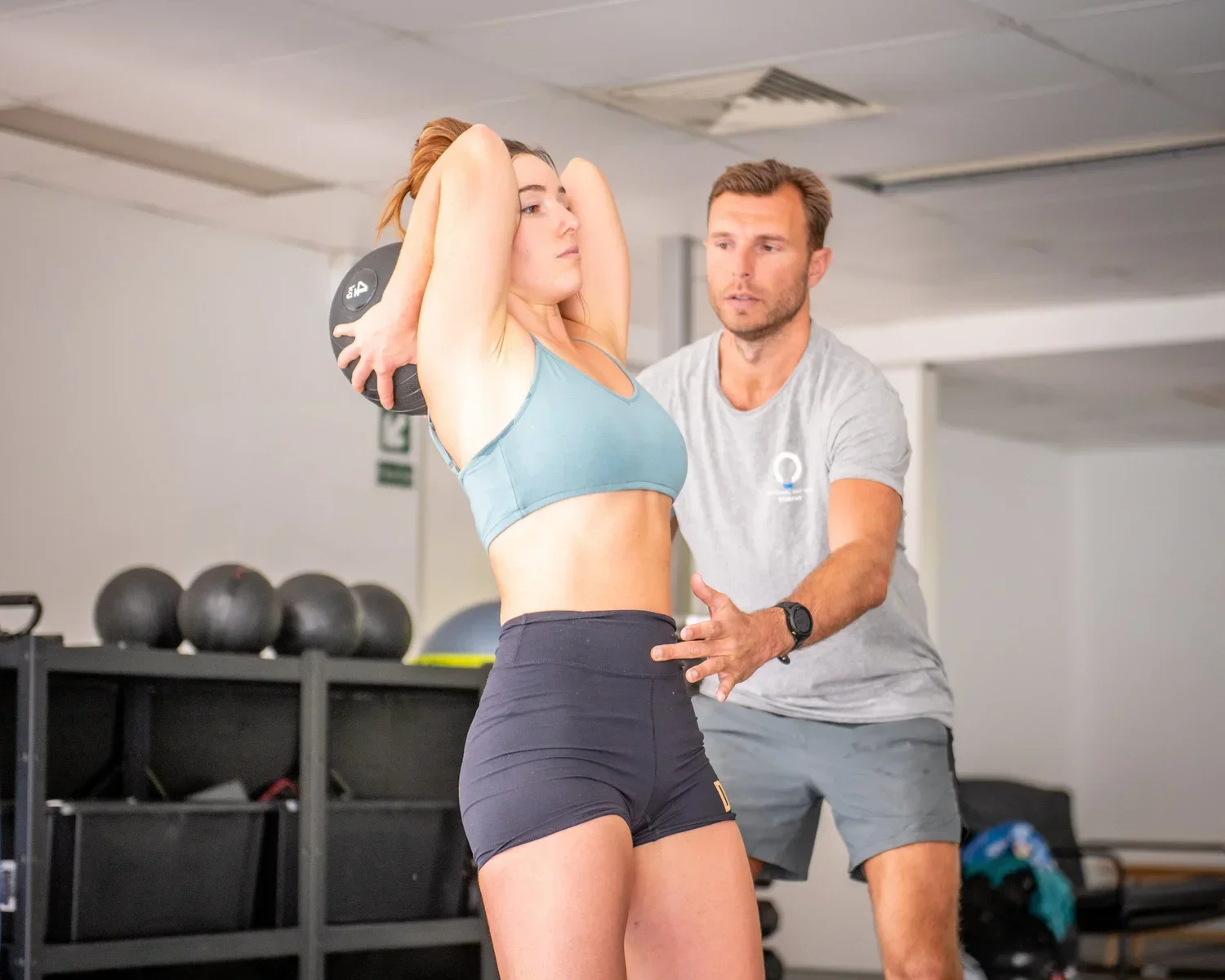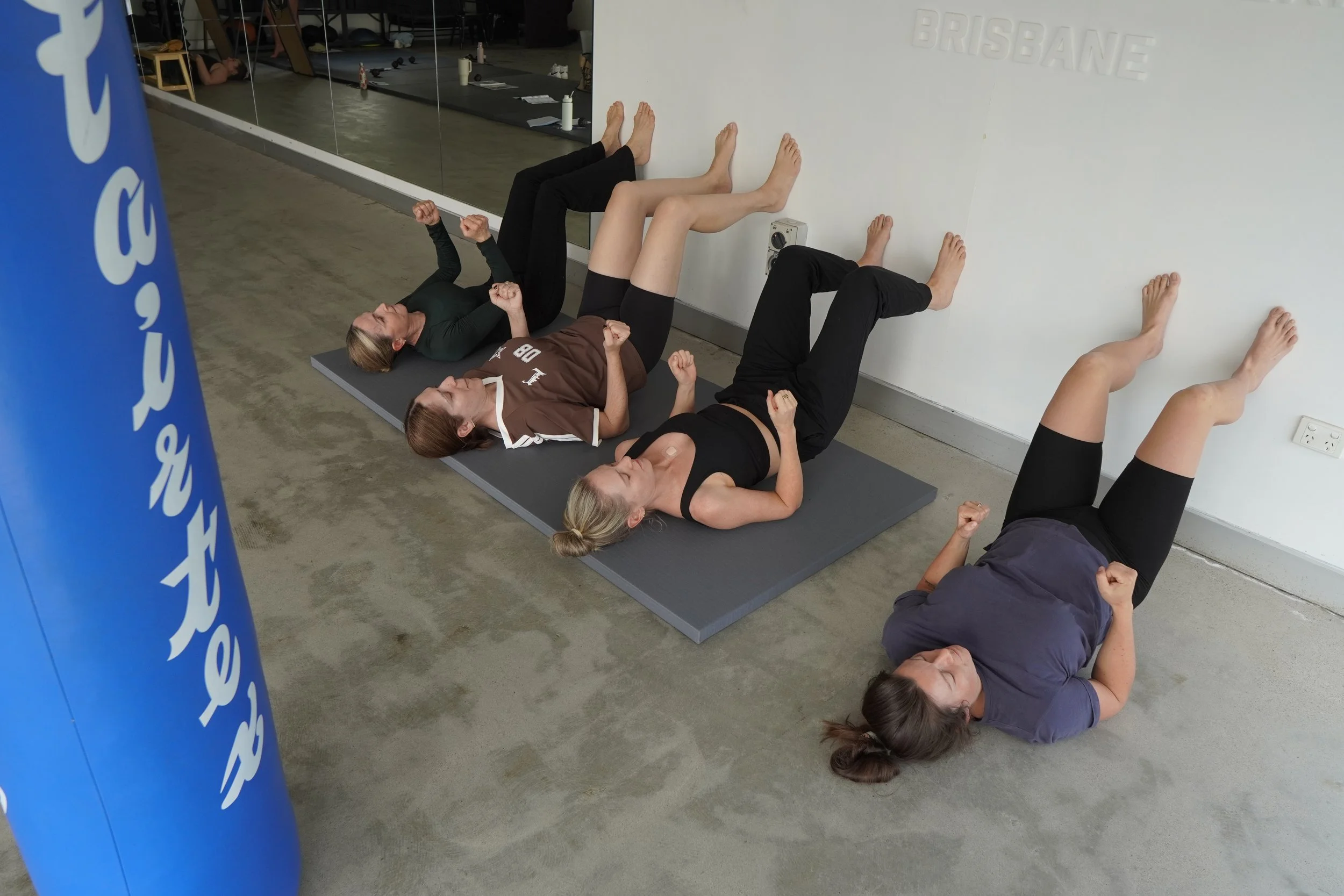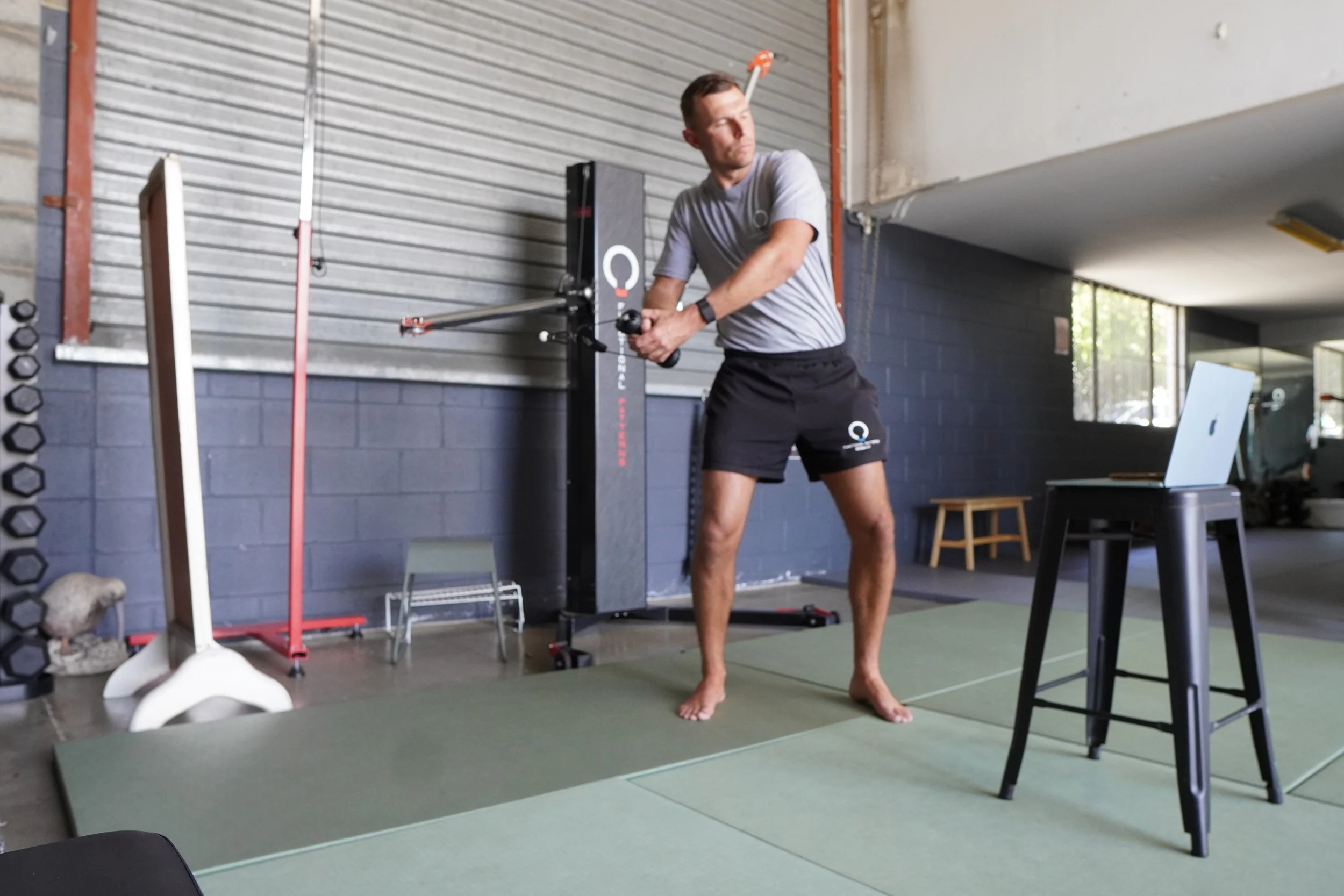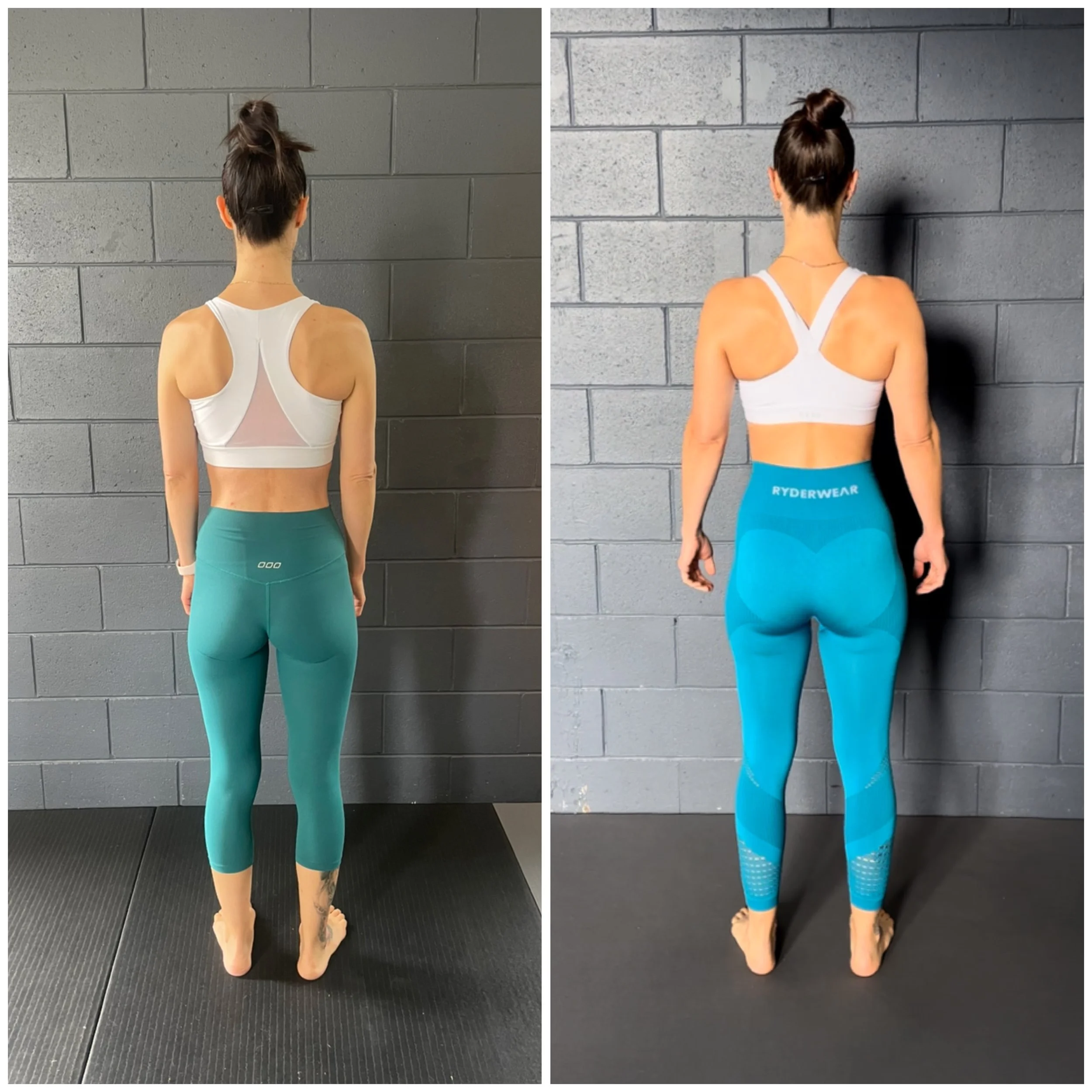Gait, Posture, Chronic PaiN & Movement Insights
Looking For A Particular Topic?
Looking for a Scoliosis Physio in Brisbane? Try FP Instead
If you've been searching for physio for scoliosis in Brisbane, you're likely looking for answers beyond just stretches and basic posture tips. At Functional Patterns Brisbane, we specialise in helping people with scoliosis regain control over their bodies using movement systems designed to align with how the human body evolved to move — standing, walking, running, and throwing.
Running Gait Analysis in Brisbane: Get to the Root of Your Injuries and Inefficiencies
Are you tired of running injuries that keep coming back? Or wondering why your running form doesn’t feel smooth, even with all the right shoes and strength training?
At Functional Patterns Brisbane, we look at running from a deeper perspective—through the lens of biomechanics and human evolution. Our unique approach to running gait analysis goes beyond the surface. We don’t just look at how your foot lands. We study how your entire body moves through the gait cycle—from head to toe
Looking for a Back Specialist in Brisbane? We Get Results!
Back pain is one of the most common reasons people seek help. Whether it's sharp, dull, or nagging—pain in your back can interrupt sleep, work, exercise, and daily movement. But with so many options—back specialist, lower back doctor, spine surgeon, back pain clinic near me—who do you go to?
Why Your Rounded Shoulders Keep Coming Back – And What to Do Instead
Rounded shoulders, hunched posture, shoulder pain—we see it all the time. People trying to fix rounded shoulders with generic stretches or resistance band workouts that don’t actually address the root cause. The problem? They’re treating symptoms, not systems.
At Functional Patterns Brisbane, we don’t believe in isolating body parts or reinforcing poor mechanics. Our approach to functional, lifted shoulders is grounded in the idea that your posture is a movement problem—not a muscle problem.
Why Functional Patterns Is The Best Gym in East Brisbane
If you are looking for gyms in Woolloongabba or East Brisbane, you will find many traditional fitness options. But what if you need more than just lifting weights and running on treadmills? That’s where Functional Patterns Brisbane stands apart.
Understanding Double-Jointed Shoulders and Chronic Pain
Hypermobility in the shoulders is more than just extra flexibility. Many people think being "double-jointed" is a good thing. However, it can cause chronic pain, instability, and long-term problems.
Traditional rehab methods focus on isolated muscles but ignore the bigger picture. Functional Patterns takes a different approach, emphasising tensegrity, integrated biomechanics, and neuromuscular control to build lasting stability.
